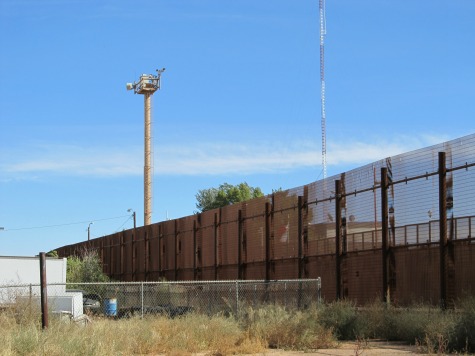
An Obama-nominated federal judge recently ruled that constructing a fence along the U.S./Mexico border may have a “disparate impact” on minorities living in nearby communities and therefore must be studied further. As a result, the D.C. District Court has ordered that the U.S. Department of Homeland Security (DHS) must divulge strategic planning information for academic and border activist review.
Simply put, disparate impact theory holds a party liable if an action or policy leads to varying results along protected minority lines, despite neutral intentions or execution. A common example takes the form of a police academy requiring all incoming cadets be able to bench press 150 pounds. In this hypothetical scenario, a number of female applicants could claim such an impact.
In the recent federal court case, Gilman v. DHS, University of Texas Professor Denise Gilman sought to study the “human rights impact” risked in building a border fence according to federal law. Professor Gilman hoped to access Homeland Security records to better understand how construction resources would be allocated and whether adverse impacts could be expected in minority communities. The court eventually granted her access to the information.
Breitbart Texas’ Contributing Editor and border security expert Sylvia Longmire considers the academic exercise wholly unnecessary on the disparate minority impact foundation.
“The truth is that DHS doesn’t discriminate when selecting sites for placing sections of the fence,” Longmire argued.
Longmire added that border fence resources have generally been dispersed with the intention to “funnel violent smugglers and illegal immigrants away from urban and more populated areas.” She considers any theory that the Homeland Security Department intentionally seeks to harm minorities residing along the border to be far-fetched.
Longmire does, however, see impacts across the board from a demographic perspective when considering property rights.
“People whose land is being cut in half by the fence–they have little recourse, since the REAL ID Act gave DHS sweeping powers to essentially build a fence where it sees fit,” Longmire stated. “Many long-time white border residents are feeling the impact of the fence in equal measure to minorities.”
The analyst concluded that the lawsuit stands to serve as a clearer example of contemporary border activism against the DHS, rather than a case of minority human rights violations.
Follow Brandon Darby and Logan Churchwell on Twitter

COMMENTS
Please let us know if you're having issues with commenting.